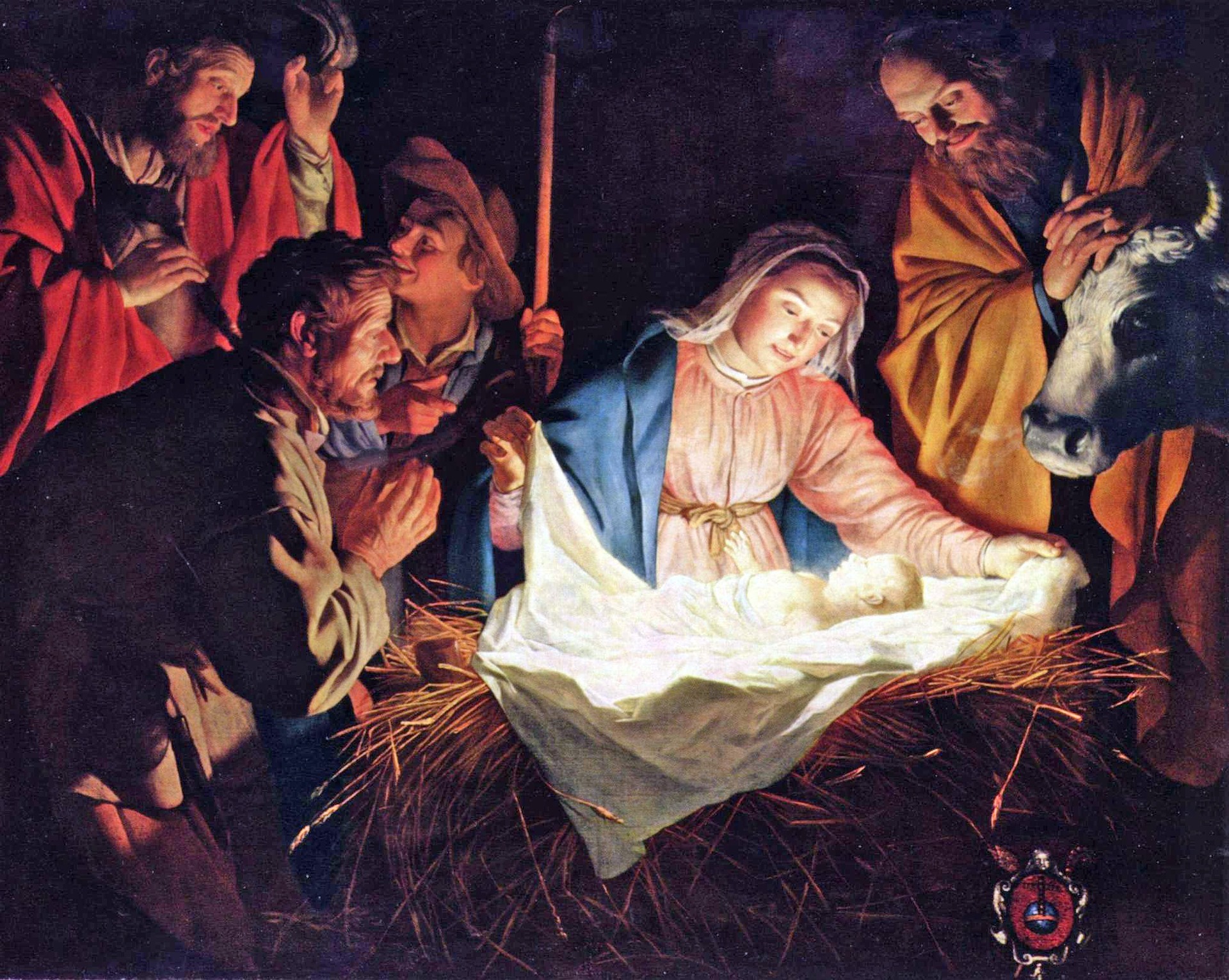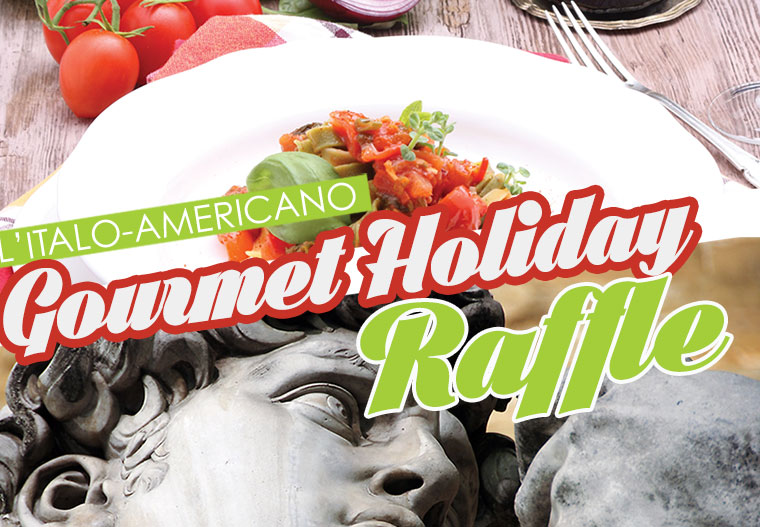This time of the year is my personal favorite: I am a child of the snow and the mountains, invigorated by the dry, crispy chill of winter, rather than the sticky heat of the summer months. I like early-setting darkness and the early morning brightness of the Maritime Alps’ peaks covered in snow.
And then there is Christmas: a time of deep spiritual yearning for the faithful, it remains central to the year of non Christians, too. With its traditions and lore, Christmas is part of the lives and culture of the vast majority of Europeans and Americans.
Christmas is also made of tales mixing the holy and the profane, bringing to our minds images of glassy snowflakes and the scent of pine needles and cinnamon sticks.
The most traditional and beautiful of them all, here in Italy, is that of Gesù Bambino. Up to very recently, Italian children did not believe in Santa; they knew him and Rudolph through American TV, but leaving presents under the tree was not his duty, it was Baby Jesus’. I remember with fondness writing letters listing all the presents I wanted, then leaving them outside a window for him.
Baby Jesus came at midnight, just like Santa, and you had to be in bed fast asleep to receive your presents. We never questioned how a new born could carry around, entirely on his own, bags and boxes for each child on earth, just as children of today never question Santa’s ability to drop in our homes through the chimney in spite of his bon viveur belly.
The Gesù Bambino tradition is not only and exclusively Italian: it is associated with the southern German Christkind tradition, which is also typical of Switzerland, Austria, Liechtenstein, Slovenia and Croatia. Its origin, it appears, must be sought into Protestantism’s refusal of Catholic’s cult of saints, which was adamantly endorsed by Martin Luther. This meant eradicating the ever flourishing cult of Saint Nicholas of Myra, present bearer extraordinaire, celebrated on the 6th of December: in an attempt to have the best of both worlds, Martin Luther moved the gift exchanging to the 25th of December and made of Christkind the present bearer.

It is likely the tradition penetrated into Catholic countries in the 19th century, just when Protestants took a fancy for a jovial old men dressed in red called Santa Claus (who is, alas, just the same Saint Nicholas Luther had decided to ditch a few centuries earlier).
As you may expect from a country with such a profound Catholic tradition as Italy, most of our Christmas legends revolve around religious themes, just as it happens with the story explaining how robins got their beautiful red plumage.
It was very cold outside, the night Jesus was born, and a little brown robin sought refuge in the small stable where Mary, Joseph and their newborn found shelter. A small fire kept the family warm. While mother, father and child slept, the fire, left unattended, was about to die out: the holy child will be cold – the robin thought, and he began flapping his wings to keep the fire alive. When morning came, the legend concludes, the Lord had gifted the small bird with a bright-red set of feathers covering his delicate chest, symbol of the purity of his heart and of the love he demonstrated to Jesus.
I had not thought of the story of the robin and his red chest for at least 30 years: coming across it again brought back the tenderness in my grandmother’s voice when she would tell it and the crystal-like blue of her eyes. This memory alone is worth my Christmas.
Let us end our short voyage into the legend of Italian Christmases with a laugh: because it is laughter we celebrate when hanging ornaments on the tree. An old story, quite popular in Italy, says a poor street artist had been wandering through Bethlehem when Christ was born. He decided to honor his birth and pay the holy family a visit but, as he was too poor to afford it, he could not buy any present. He offered something beautiful nevertheless, his art, and started juggling in the air a number of colorful, shining balls. Little Jesus laughed, in awe of the spectacle: and this is why we hang ornaments on firs and pine trees every year, to remember a child’s beautiful, joyful laughter.































